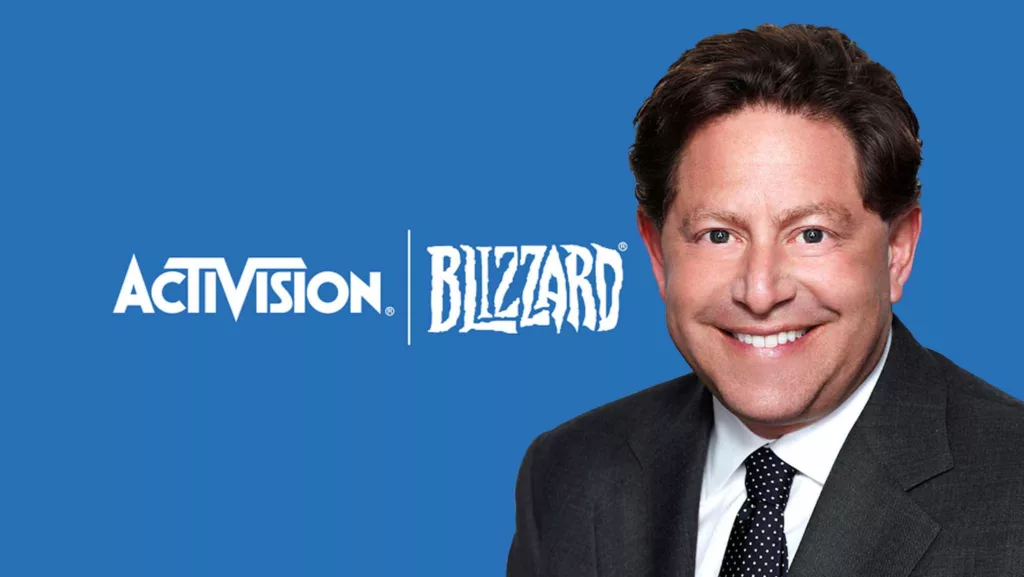The tenure of Bobby Kotick as CEO at Activision Blizzard has been marked by controversy and discontent among the staff, particularly highlighted in the closing chapters of his leadership.
Former employees from within the company, including those involved in major game development projects like Call of Duty, have voiced strong criticisms regarding Kotick’s decision-making and its detrimental effects on both game quality and workplace morale.
Christina Pollock, a former programmer at Demonware, a subsidiary involved in Call of Duty development, expressed her dissatisfaction on social media. Reflecting on her experience, Pollock criticized Kotick’s leadership, claiming his decisions negatively impacted the quality of their games.
Her bold stance became evident during an all-staff meeting, where she openly demanded Kotick’s termination following an unsettling revelation about his conduct.
i worked on COD for two years as a programmer at demonware
bobby's decisions made our games worse
in my first month it came out he threatened to have an employee killed. in the all-hands that followed, no-one wanted to speak first. so i demanded his firing in front of everyone https://t.co/yhlM5xqPPg
— christina 死神 (@chhopsky) December 29, 2023
Pollock’s criticism extends beyond personal grievances. She urges a collective stand against such leadership styles, emphasizing the responsibility of senior staff in creating a safe environment for junior employees to speak up. Her message is clear: unity and courage among employees can challenge and potentially change detrimental corporate practices.
Andy Belford, a former community manager, shared similar sentiments. He highlighted the challenges faced during the Steam launch of Overwatch 2, a period marked by a lack of support and resources, attributed directly to Kotick’s decisions.
Moderation of steam was put on the community team (not a function of community at Blizz), despite my refusal to want to expose members of my team to that level of toxic content/posts. When asked whose decision it was to launch on Steam with no additional help: Bobby
— Andy Belford (@andybelford) December 29, 2023
This situation exemplifies a broader issue within Activision Blizzard under Kotick’s leadership, where lower-level employees often bore the brunt of poor management and decision-making.
The period of Kotick’s leadership has been turbulent, marred by reports of employee misconduct and growing dissatisfaction among staff. These issues culminated in Microsoft’s bid to acquire Activision Blizzard in January 2022, signaling a potential shift in the company’s direction. Now, as the company transitions to new management, there’s a palpable sense of expectation for change and improvement in both the quality of work life and the products they create.
